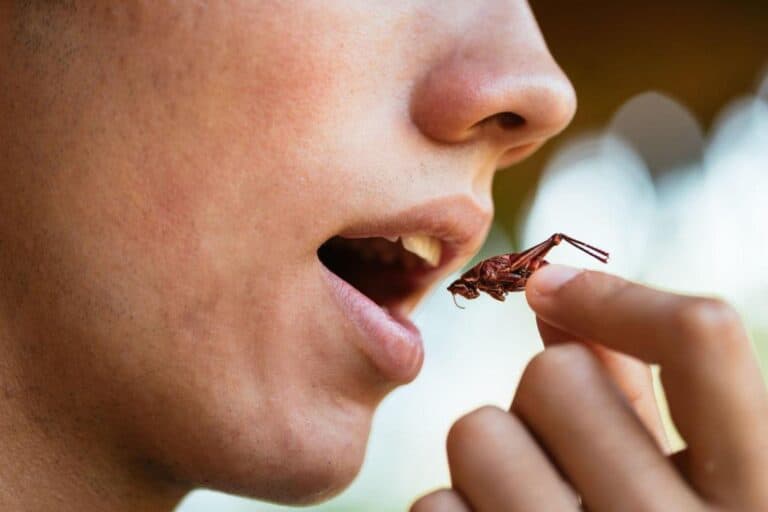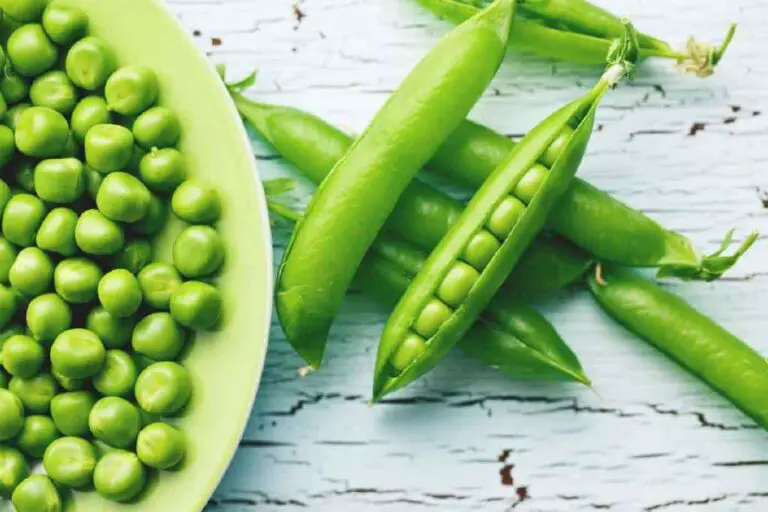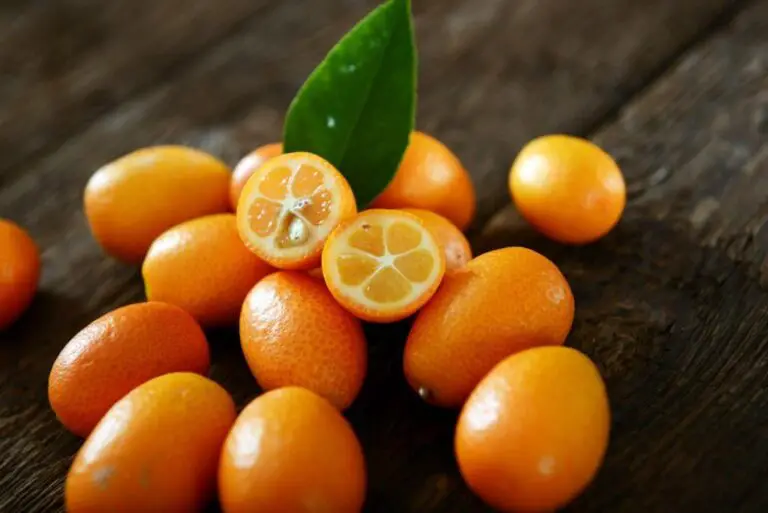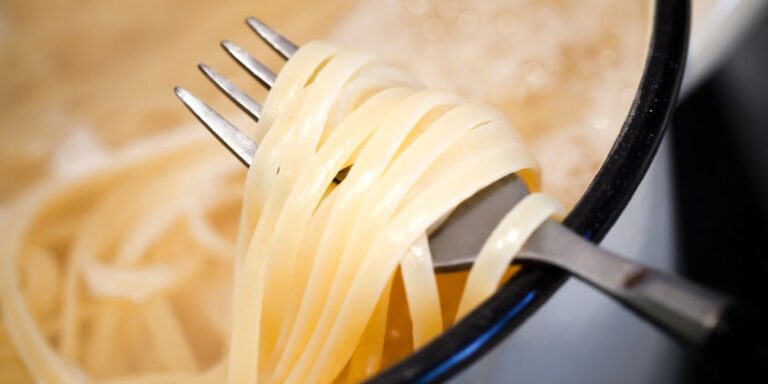Why Aren’t My Chia Seeds Expanding and Swelling?
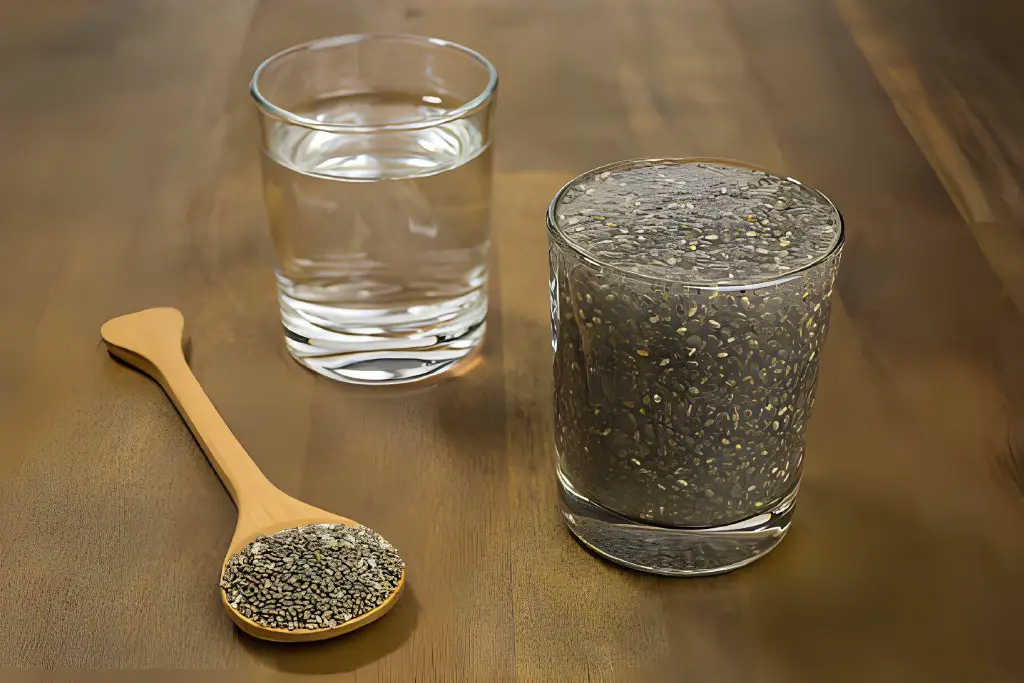
Chia seeds have skyrocketed in popularity over the past few years, hailed as a superfood packed with essential nutrients. These tiny seeds are known for their numerous health benefits, including high levels of omega-3 fatty acids, fiber, protein, and antioxidants. They are often used in smoothies, puddings, salads, and baked goods and have become a staple in many homes.
One of the remarkable properties of chia seeds is their ability to expand and form a gel-like substance when soaked in liquid. This expansion can increase the volume of chia seeds up to 10 times their original size! This unique characteristic makes them an excellent ingredient for creating healthy recipes that promote feelings of fullness and hydration.
However, despite following all the instructions meticulously—soaking the chia seeds overnight or mixing them with water – you might find yourself perplexed by why your chia seeds aren’t expanding or swelling like they should be.
Don’t worry; you’re not alone! In this article, we will delve into some possible reasons why your chia seeds may not be expanding properly and provide practical solutions to ensure successful hydration. So keep reading ahead to uncover the secrets behind achieving those beautifully swollen chia seed creations!
The Science Behind Chia Seeds Absorption

These tiny seeds possess hydrophilic superpowers, meaning they have an extraordinary affinity for water. Imagine them as miniature sponges, eagerly soaking up liquid to undergo a magical transformation.
When chia seeds are soaked in water, they can absorb liquid quickly, up to 10 times their weight, and form a gelatinous mixture. This absorption capability is due to the high fiber content and the presence of soluble fiber, which can improve the absorption of nutrients by the intestines.
Chia seeds boast hydrophilic properties, essentially attracting and retaining water molecules like magnets. This unique quality allows them to expand and create a gel-like consistency when introduced to liquids. It’s this absorbing nature that not only adds a delightful texture to your culinary creations but also contributes to the seeds’ renowned nutritional benefits.
Reasons Why Your Chia Seeds Aren’t Expanding
You may wonder why sometimes your chia seeds aren’t expanding as they should. Don’t worry, there are some issues that can easily be resolved by their water-absorbent nature.
1. Insufficient Liquid
Chia seeds are thirsty beings. One common mistake is not providing them with enough liquid to initiate the swelling process. If you find your mixture too thick, gradually add more liquid until you reach the desired consistency.
2. Inadequate Soaking Time
Patience is key when working with chia seeds. A quick stir and a minute of waiting won’t cut it. Allow the seeds to soak for at least 15–20 minutes, or even overnight, to achieve optimal results. This extended soaking time gives the seeds ample opportunity to absorb the liquid and reach their full potential.
3. Quality of Chia Seeds
Not all chia seeds are created equal. The freshness and quality of your chia seeds can impact their ability to swell. Ensure you are using high-quality, unexpired seeds from a reputable source. If your chia seeds have been stored improperly, they may lose their ability to absorb liquid effectively.
4. Incorrect Liquid-to-Chia Ratio
Getting the right balance is key. An improper liquid-to-chia ratio can lead to either overly thick or excessively runny mixtures. Aim for a ratio of around 1:4, allowing the seeds to absorb the liquid adequately and achieve the desired texture.
5. Inconsistent Stirring
Proper mixing is crucial for uniform absorption. Stir your chia seed mixture well, making sure there are no clumps. This ensures that each seed is exposed to the liquid, promoting even swelling.
6. Temperature Matters
Chia seeds prefer a moderate temperature for optimal gel formation. Extremely hot or cold liquids can hinder the absorption process. Using room-temperature or slightly cool liquids is generally recommended.
Potential Solutions to Help with Expansion
Now that we’ve identified potential issues, let’s explore effective solutions to ensure your chia seeds reach their full potential:
1. Double-Check Your Ratios
Review your chia-to-liquid ratios. The ideal ratio should be around 1:4. Experiment with different proportions to find what works best for your desired consistency. Keep in mind that variations may occur based on the type of liquid used, such as water, milk, or fruit juice like lemon juice.
2. Extend Soaking Time
If impatience gets the better of you, give your chia seeds more time to work their magic. Allow them to soak for a longer duration, ensuring they absorb the liquid thoroughly.
3. Invest in Quality Seeds
Consider the source of your chia seeds. Opt for fresh, high-quality seeds to guarantee optimal swelling. Check the expiration date and store them in a cool, dry place to maintain their integrity.
4. Master the Art of Stirring
Take the time to stir your chia seed mixture adequately. Use a whisk or fork to break up any clumps and ensure an even distribution of seeds in the liquid.
5. Mind the Temperature
Be mindful of the temperature of the liquid you use. Extreme temperatures can impede the gel-forming process. Aim for a moderate temperature, and avoid using boiling or icy-cold liquids.
Troubleshooting Table
| Issue | Possible Solution |
| Insufficient Liquid | Gradually add more liquid until desired consistency is reached. |
| Inadequate Soaking Time | Extend soaking time to 15–20 minutes or overnight for optimal results. |
| Quality of Chia Seeds | Use fresh, high-quality seeds from a reputable source. Check expiration date. |
| Inconsistent Stirring | Stir well to eliminate clumps and ensure even absorption. |
| Temperature Matters | Use room temperature or slightly cool liquids for optimal results. |
| Related: Chia Seeds Expiration Date |
Additional Tips and Tricks:
If you soak the seeds in water or any other liquid first, the hard shell will be easier to break down. This will make it easier for your body to digest and absorb the nutrients. Simply mix one part chia seeds with four parts liquid and let them soak for at least 15 minutes or overnight in the refrigerator. This not only enhances digestion but also allows them to swell more effectively.
Another useful tip is to store chia seeds in a cool, dry place to maintain their freshness and prevent spoilage. Moisture can cause chia seeds to clump together, losing their ability to absorb liquid properly. Keep them tightly sealed in an airtight container, away from direct sunlight and heat sources.
Grinding chia seeds into powder form can also be beneficial, as it creates a smoother texture when mixed with liquids such as smoothies, yogurt, or baked goods. By breaking down the seed’s outer layer even further, it becomes easier for your body to access all its nutritional benefits.
Experimenting with different methods will help you find what works best for you personally, allowing you to fully enjoy all that this tiny powerhouse has to offer!
Conclusion:
In conclusion, proper preparation techniques are crucial for ensuring that chia seeds expand and swell properly. By understanding the factors that can hinder hydration, such as inadequate liquid or insufficient soaking time, you can take steps to address these issues and maximize the nutritional benefits of chia seeds.
First and foremost, make sure you are using enough liquid when hydrating your chia seeds. The general rule is to use at least a 1:4 ratio of chia seeds to liquid. If you find that your chia seeds are still dry after soaking, simply add more water or other liquids like almond milk or coconut water.
Additionally, be patient with the soaking process. Chia seeds typically need around 20 minutes to fully absorb and expand in liquid. However, some sources suggest allowing them to soak for several hours, or even overnight, for optimal results. Experimenting with different soaking times can help you find what works best for you.
Lastly, give your hydrated chia seeds a good stir before consuming them. This will ensure an even distribution of moisture throughout the gel-like mixture and prevent any clumps from forming.
By following these tips and being mindful of proper hydration techniques, you can overcome any difficulties in getting your chia seeds to expand and swell successfully. Enjoy chia seeds numerous health benefits by incorporating them into smoothies, puddings, yogurt parfaits or oatmeal bowls – it’s time for those tiny powerhouse seeds to shine!
FAQs
Can the type of liquid affect chia seed expansion?
Yes, the choice of liquid matters. Chia seeds absorb water differently than other liquids. Experiment with water, plant-based milk, or fruit juices to find the right medium for optimal expansion.
Are there common mistakes preventing chia seeds from swelling?
Absolutely. Common mistakes include not allowing enough soaking time, using incorrect liquid-to-chia ratios, or using stale chia seeds. Double-check your preparation method to troubleshoot these issues.
What role does temperature play in chia seed expansion?
Temperature can impact chia seed absorption. Warmer environments may accelerate the process, while colder temperatures could slow it down. Experiment with different conditions to find what works best for you.
Can I salvage chia seeds that haven’t expanded well?
Yes, you can troubleshoot by adjusting liquid proportions or blending the mixture to break down clumps. Additionally, consider using the seeds in recipes where their texture may be less noticeable, ensuring no waste.
What causes chia seeds to have a gel consistency problem?
Chia seeds may not absorb water properly due to insufficient soaking time, incorrect liquid ratios, or using stale seeds. Adjust these factors to achieve the desired gel-like consistency.

